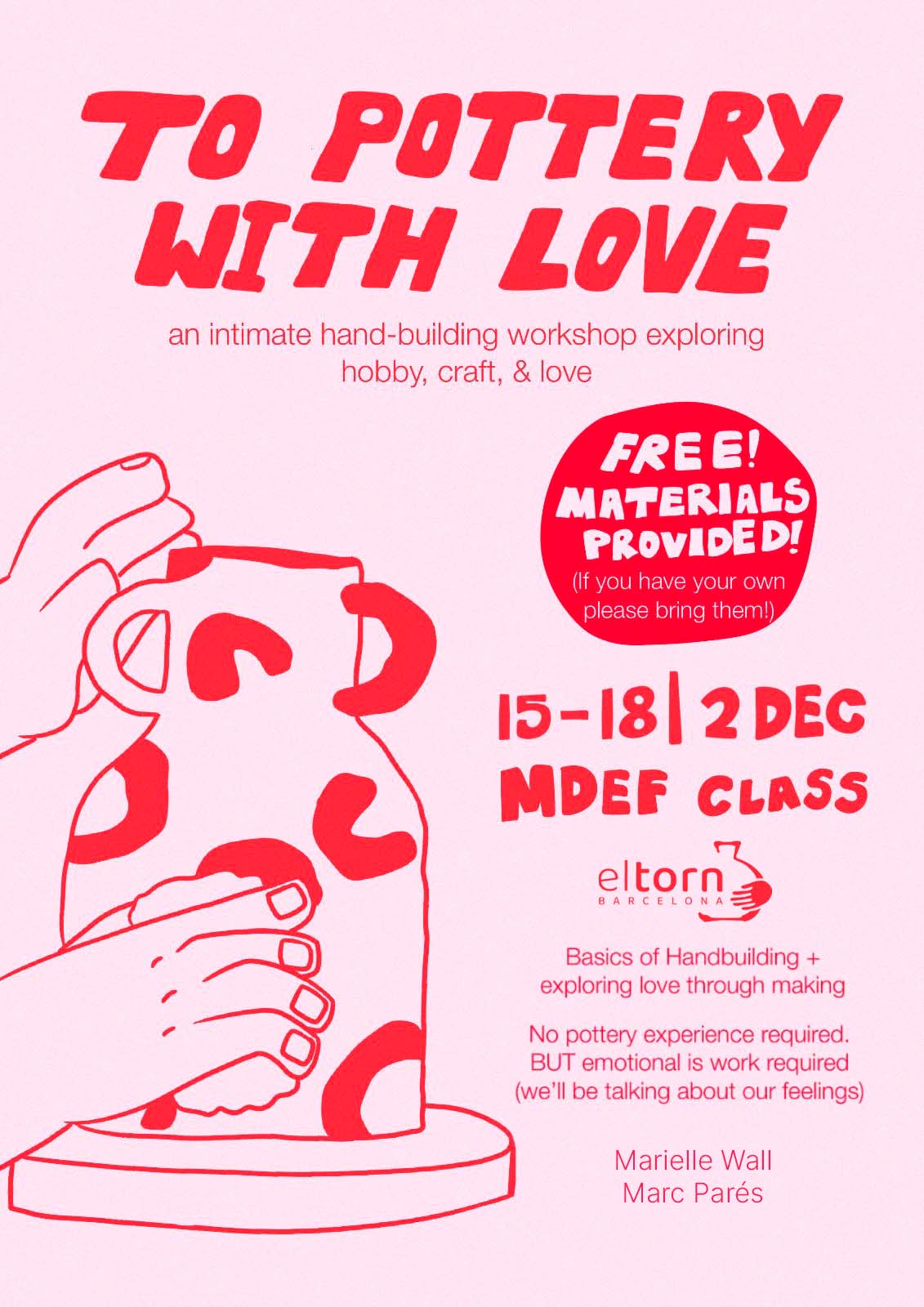Documentation and Communication¶
Open Design Process
Documentation Mediums¶
I decided to document my process through photos, videos, notes, visual maps, and infographics. This helps me remember my process and all my advances to see if I am going in the right direction or if I am getting stuck. I think visual maps are a great tool to make my mind clear about my project ideas and define all the concepts that make them grow. Also, these maps help me explain to others my topic and all the different ideas that I am working on.
I am interested in the concept of preservation. I define this idea as a way to save a present or past creation so you or others can understand it and continue the work in the future. So, I think new technologies can be helpful to preserve these designs. For example, 3D scanning can make a copy of a physical object to save it in the digital world, so it will last forever, or at least as long as the Internet. Also, having this 3D digital model allows you to make copies or prototypes with 3D printing or other digital fabrication tools and share them with everyone, so anyone can have it digitally or physically.

I have also used Instagram to document one of my interventions. I asked ceramicists to share with me the type of clay they use and its origin. I posted images of a piece from each craftsman and a photo of the label of the clay used for each piece. With this, I was able to share the outputs of the intervention with other ceramists, and I started creating a community around this topic.
For another intervention, I used digital and printed posters to announce the workshop. For the workshop, we created a workbook to guide the experience but also to have the results documented and be able to draw conclusions from them. Finally, we made a video of the two workshops we held, explaining all the steps, the resulting clay pieces, and the conclusions and feelings everyone had.

My project’s communication is primarily done through the website, where I upload all of my progress and keep it constantly updated, but I also have some other ideas that could help reach out to more people.
Communication Mediums¶
Mediums to communicate my project ideas and development:
- Weekly newsletter to capture key learnings, what I did, and what I will do differently in the next steps.
- A printed newspaper/magazine to reach the local community.
- Printed posters with basic information and announcement of workshops/activities.
- Present or do a workshop.
- Website for a specific event.
- QR code attached to a physical object that leads to a digital space.
- A physical visual board to explain and get feedback.
- Infographics.
- Writing, notes.
- Photographing/Video
- Icons or drawings to make it easy to understand the topics presented.
- Engage individuals 1:1 before & after.
- Visits to my workspace.
Communication Strategies¶
How to do this communication to engage in a proper way:
- Sharing participants’ observations, reflections and experiences during and after our interventions
- Leave a trace of our project in physical space when it is closely related to a specific area or context.
- Compiling the experiences I have already had to aid me when pitching or explaining my process to others that can help me.
- Call for collaboration for partners or participants.
- Striving for continuity, creating a community.
- Understand my audience.
- Offering visibility to others (human or non-human), serve as a bridge, showcase the work of others.
- Show my work or a specific topic from my own point of view.
- Simple language for accessibility.
- Being transparent about my intentions, offering a space where people I am trying to reach and connect can understand better my background, my values, my commitment, my motives, my positionality (creating a foundation for trust).
- Take quality photos and videos all the time even if I don’t know what they will be for.
- Experiment with new formats (Twitch).
- Showing long term commitment.
- Becoming open and transparent about my making/production processes and materials resourcing.
- Compiling material samples and production samples (a catalogue or object that can serve as a demo of my research).
- Creating demos, demonstrators, or experiential prototypes.
Intervention Communication¶
Where does clay come from?
Instagram account to get information abut the origin of clay of ceramists, schools and factories. Research around the extraction and transport of clay used in Catalonia. Is it true that we use local clay? Which are the characteristics of local clay and advantages and disadvantages over the imported one? Transport, management and storage are highly polluting? Ukraine is one of the major sources of clay of the world. How war have affected the supply chain of clay around the world? How Ukraine has based its economy on the extraction and export of clay?
Catalonia always had a large amount of clay, therefore the extensive traditions and culture around ceramics from a long time ago. Nowadays there is a boom around ceramics, large amount of people, of different ages and backgrounds are interested in ceramics.Also the mental health situation is creating new activities around ceramics. Search of midfulness experiences.

Possible Communication Ideas¶
3D scanning the products of the artisans and the resulting objects of the workshops. Website post with 3D models to share and create community around ceramics.
Image posts of the labels on each ceramist’s clay wraps. How do they obtain it? Online? Local supplier? Excel and statistics about origins.
Generation of a stamp to mark each piece of ceramic. By looking at a ceramic piece, you can tell where the clay used came from. Geometric modular stamp.